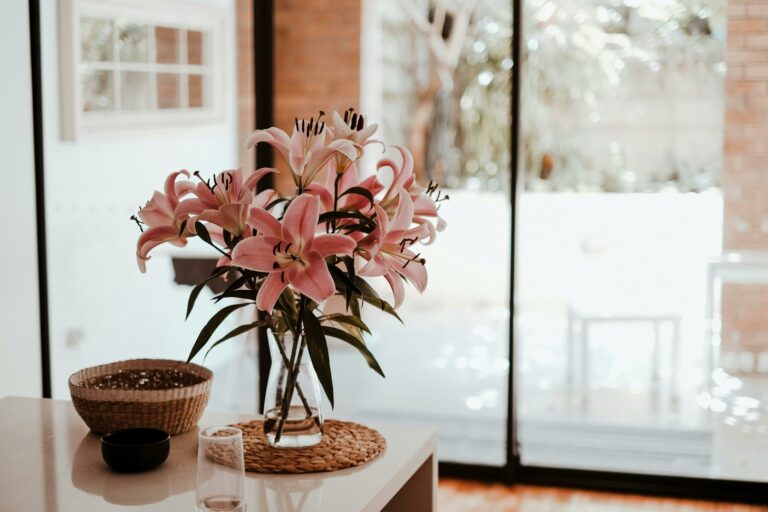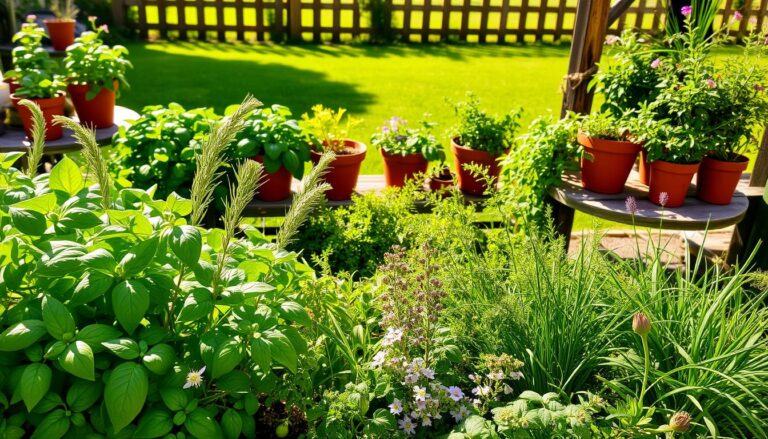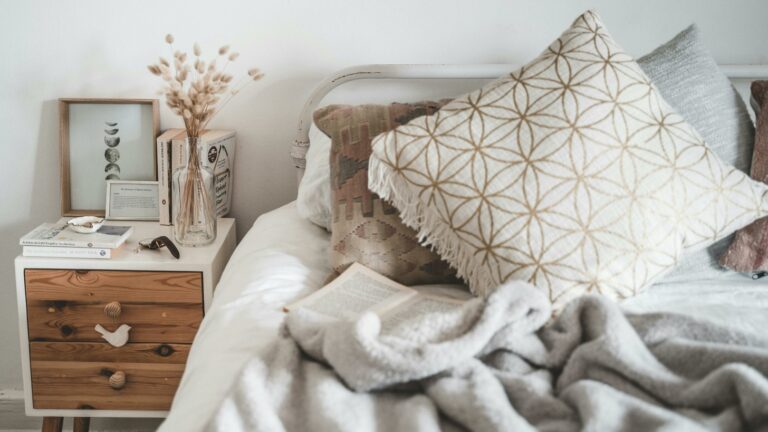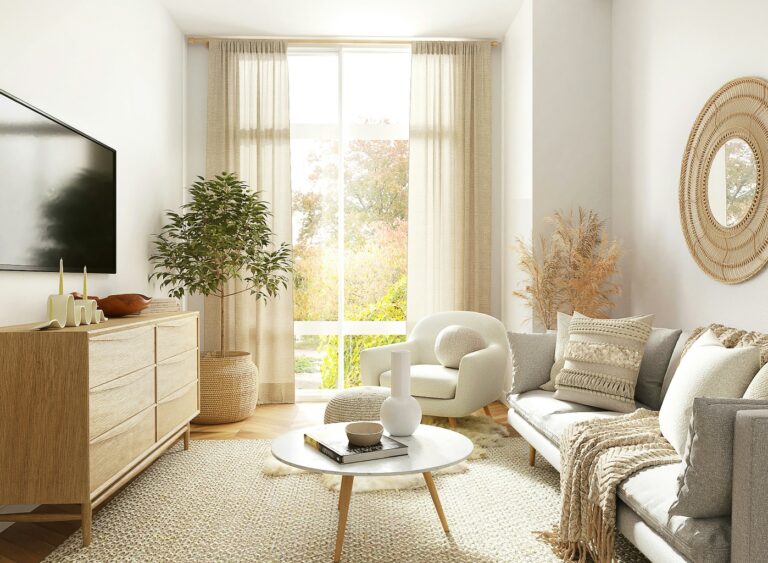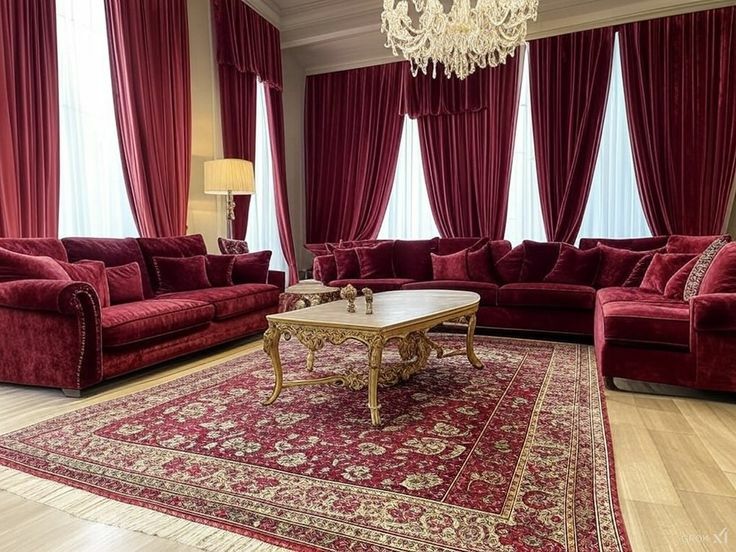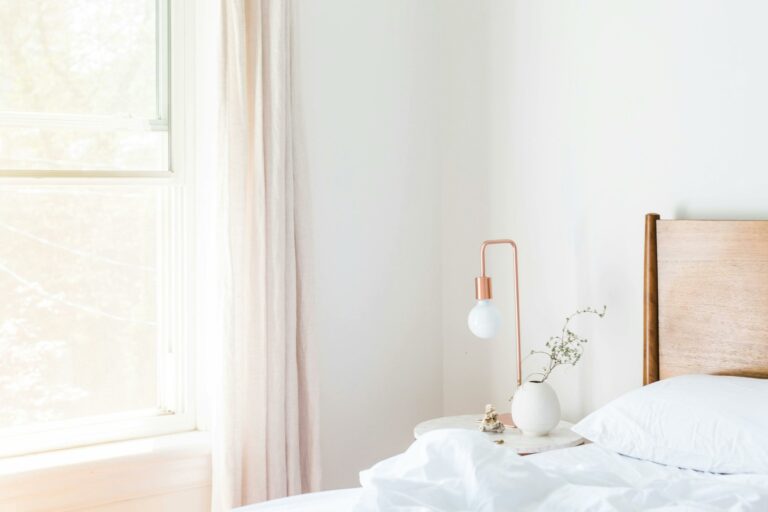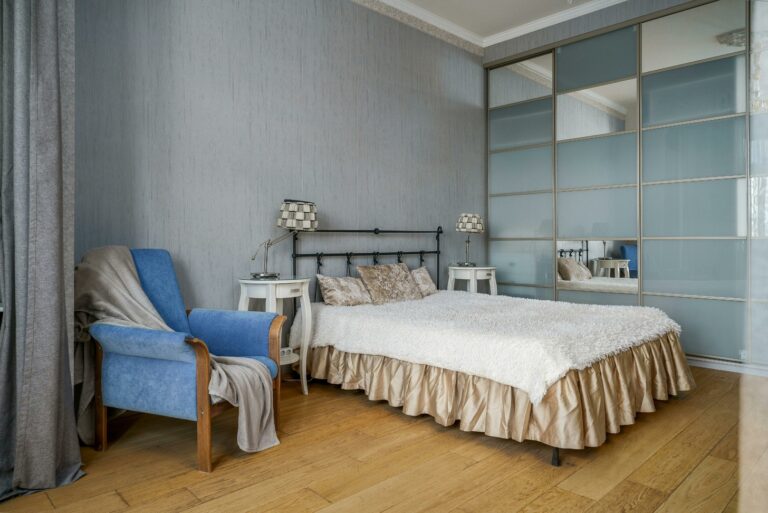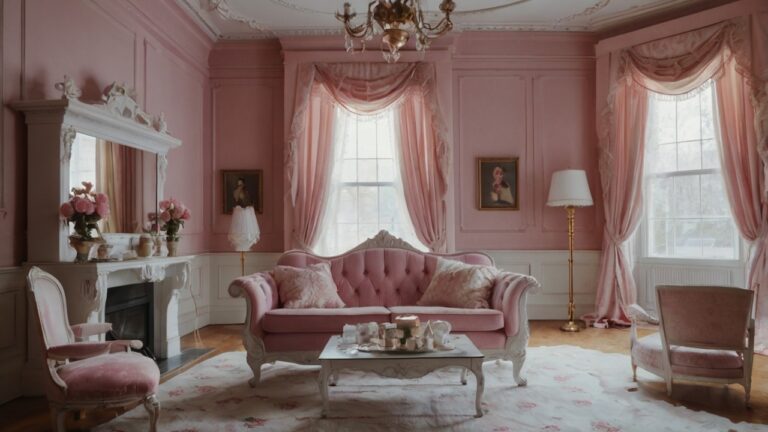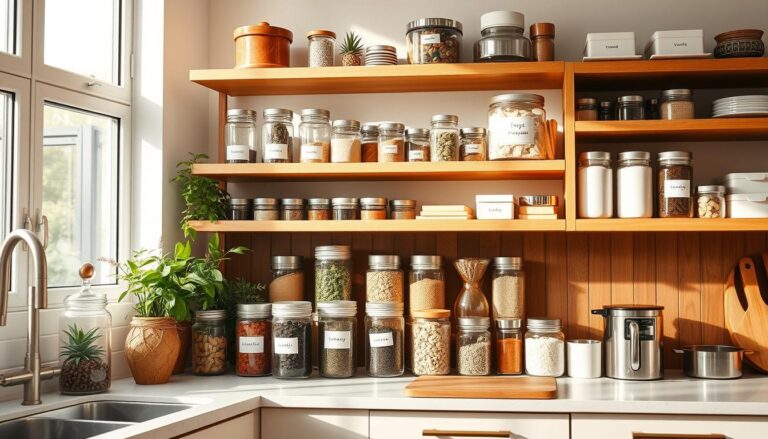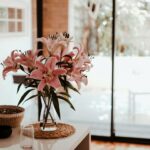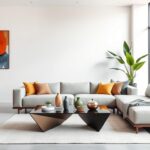Are you ready to take your living space back in time? Imagine an era filled with elegance and sophistication. Can a modern home really capture that past charm?
The allure of Victorian home decor is undeniable. Its rich history and ornate details draw us in. As we explore Victorian design, we find out what makes it so special.
By adding these timeless elements, we can turn our homes into beautiful spaces. In this article, we’ll look at the top Victorian decor elements. They’ll take your home’s style to the next level.
Key Takeaways
- Discover the essential Victorian decor elements to transform your home.
- Learn how to incorporate ornate details and rich history into your space.
- Explore the top design elements that make Victorian homes so captivating.
- Find inspiration to create a timeless oasis in your own home.
- Get guidance on how to balance classic charm with modern style.
The Timeless Appeal of Victorian Design
Victorian design is loved by many around the world. It has a rich history and lots of detailed designs. The Victorian era lasted from the late 1830s to the early 1900s. It was a time of big changes in culture and industry.
The Victorian Era: A Brief History
The Victorian era saw the start of the Industrial Revolution. This led to mass production of decorative items. Homes became filled with intricate details.
This time also brought about different architectural and design styles. These styles included ornate furnishings, rich textiles, and elaborate patterns.
Why Victorian Decor Remains Popular Today
Victorian decor is still loved today because of its elegance and function. People enjoy its luxurious feel and the chance to add historical touches to modern homes. Here are some reasons why it’s still popular:
- Victorian design is versatile, fitting many tastes and décors.
- It connects us to history and tradition.
- It lets us mix different styles and periods for a unique look.
Knowing the history and charm of Victorian design helps us use it in our homes. This way, we can appreciate its beauty and value.
Understanding Victorian Interior Design Principles
Victorian interior design is a mix of ornate patterns, bold colors, and detailed designs. It came to life during the Victorian era, known for its mix of styles and luxury. To add Victorian touches to your home, knowing the design principles is key.
Key Characteristics of Victorian Style
Victorian interior design stands out for several reasons:
- Ornate Furniture: Furniture with intricate carvings and plush upholstery is a Victorian hallmark.
- Luxurious Textiles: Fabrics like velvet and silk are used a lot in Victorian interiors.
- Intricate Patterns: Victorian decor often features complex patterns, like flowers and shapes.
These elements come together to create a unique, layered look that’s truly Victorian.
Color Palettes of the Victorian Era
The Victorian era was famous for its bold and rich colors. Some popular ones were:
- Deep Reds and Burgundies: These warm colors made spaces feel cozy and inviting.
- Rich Greens: Emerald green and other deep greens added a luxurious touch.
- Gold and Bronze: Metallic colors brought a sense of luxury to Victorian interiors.
Knowing these color palettes helps you bring Victorian style into your home decor.
Top5 Must-Have Victorian Decor Elements for Your Home
Victorian decor is known for its beauty and complexity. There are five key elements to bring this look into your home. These elements reflect the era’s opulence and grandeur, making your space feel luxurious.
What Makes These Elements Essential
The essential Victorian decor elements capture the era’s charm. Ornate furniture, luxurious textiles, and decorative moldings are key. They make a room look beautiful and feel immersive.
| Decor Element | Characteristics | Example |
|---|---|---|
| Ornate Furniture | Intricately carved, rich upholstery | Victorian-era armchair |
| Luxurious Textiles | Heavy fabrics, intricate patterns | Velvet drapes |
| Decorative Moldings | Intricate designs, ornate details | Ceiling medallions |
How to Incorporate Them Authentically
To add these elements, choose pieces that show Victorian detail. Use antique accessories or reproduction pieces for authenticity. For textiles, pick fabrics with Victorian patterns like florals or damask.
Element1: Ornate Furniture with Rich Upholstery
Ornate furniture with rich upholstery is key to Victorian decor. It brings elegance and sophistication to any room. This style is known for intricate carvings, luxurious fabrics, and a sense of opulence.
Victorian Furniture Styles and Characteristics
Victorian furniture is grand and detailed. It uses specific woods and intricate carvings.
Mahogany and Walnut Woods
Mahogany and walnut were favored during the Victorian era. Mahogany is prized for its rich color and fine grain. Walnut is valued for its durability and dark hue. These woods create statement pieces that show off the craftsman’s skill.
Carved Details and Ornamentation
Intricate carvings and ornamentation are key to Victorian furniture. Floral patterns and acanthus leaves add complexity and visual interest. Gilded accents enhance the luxurious feel of these furnishings.
Must-Have Furniture Pieces
Some furniture pieces are quintessentially Victorian. These include chaise lounges, fainting couches, button-tufted chairs, and settees.
Chaise Lounges and Fainting Couches
Chaise lounges and fainting couches were made for reclining and relaxation. They were upholstered in luxurious fabrics like velvet or silk, making them both functional and decorative.
Button-Tufted Chairs and Settees
Button-tufted chairs and settees have a distinctive upholstery technique. This technique creates a textured, dimensional effect, adding to the opulence of Victorian interiors.
| Furniture Piece | Characteristics | Typical Upholstery |
|---|---|---|
| Chaise Lounge | Reclining design, often with carved wooden frames | Velvet, Silk |
| Button-Tufted Chair | Textured upholstery with button details | Leather, Velvet |
| Fainting Couch | Curved design for reclining, often with intricate carvings | Silk, Brocade |
Modern Adaptations of Victorian Furniture
Modern adaptations of Victorian furniture make it more accessible and functional. By adding Victorian elements to simpler silhouettes or using modern materials, homes can have a Victorian look without the opulence.
Adding ornate furniture with rich upholstery to your living room or bedroom can elevate the space. Whether you choose an authentic antique or a modern interpretation, these pieces will be the centerpiece of your decor.
Element2: Luxurious Textiles and Drapery
The Victorian era was known for its love of lavish textiles. These made homes feel like palaces. Luxurious fabrics and drapery added depth, texture, and luxury to every room.
Fabrics Common in Victorian Homes
Victorian homes were filled with rich fabrics. Velvet, damask, lace, and embroidered textiles were favorites. They gave homes a unique look.
Velvet and Damask
Velvet was loved for its soft feel and look. It was used for furniture and drapes. Damask added a touch of elegance with its detailed patterns.
Lace and Embroidered Textiles
Lace and embroidered fabrics added a delicate touch. They were used for curtains, tablecloths, and more. These fabrics brought elegance and refinement.
Window Treatments and Curtains
Window treatments were key in Victorian design. Layered curtains were especially popular. They controlled light and made a statement.
Layered Curtain Designs
Layered curtains used multiple fabrics. This created depth and interest. It made windows stand out.
Valances and Swags
Valances and swags finished off Victorian windows. They framed windows and added to the room’s luxury.
Incorporating Victorian Textiles in Modern Spaces
To add Victorian charm to modern spaces, mix old with new. Use velvet or damask on a modern sofa. Lace or embroidered fabrics on curtains or pillows add a Victorian touch.
Element3: Decorative Moldings and Architectural Details
Decorative moldings and architectural details are key to Victorian design. They add sophistication to any room. These elements not only make a space look better but also show the era’s craftsmanship and detail.
Types of Victorian Moldings and Trims
Victorian moldings and trims were known for their complexity and variety. They were used to decorate homes, from walls and ceilings to furniture.
Crown Moldings and Baseboards
Crown moldings and baseboards were common in Victorian homes. Crown moldings added elegance where walls meet ceilings. Baseboards protected walls and added a decorative touch at the floor.
Picture Rails and Chair Rails
Picture rails let homeowners hang art without harming walls. Chair rails protected walls from furniture damage. Both had detailed designs, adding to the Victorian look.
Ceiling Medallions and Cornices
Ceiling medallions and cornices added decoration to ceilings and walls. They were often plaster and had intricate designs.
Plaster vs. Modern Materials
Plaster was the go-to for Victorian moldings and details. But, modern materials like MDF and polyurethane are easier to install and last longer. Homeowners can pick plaster for a true look or modern materials for practicality.
Installation Considerations
Installing moldings and details needs careful planning. It’s important to match the size of the elements to the room and take precise measurements for a perfect fit.
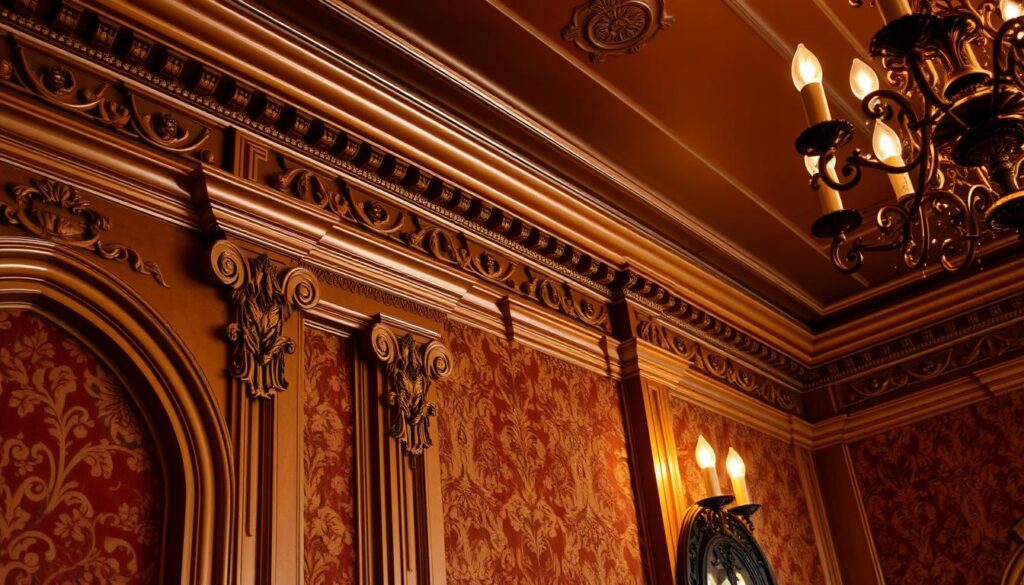
DIY Victorian Architectural Elements
Creating DIY Victorian architectural elements can be a fun project. With the right materials and tools, homeowners can make custom moldings that show their style.
| Type | Description | Materials |
|---|---|---|
| Crown Moldings | Used at the junction of walls and ceilings | Plaster, MDF, Wood |
| Baseboards | Protects walls at the floor level | Wood, MDF, Vinyl |
| Picture Rails | For hanging artwork without wall damage | Wood, MDF |
| Ceiling Medallions | Decorative element around ceiling fixtures | Plaster, Polyurethane |
Element4: Antique Accessories and Collectibles
The Victorian era was known for its detailed designs. These details can be seen in antique accessories and collectibles. They bring authenticity to your home and show the era’s love for beauty and craftsmanship.
Victorian Knick-Knacks and Decorative Objects
Victorian homes were filled with knick-knacks and decorative objects. Each item had its own story. Porcelain figurines and silver accessories were especially popular.
Porcelain Figurines and China
Porcelain figurines and fine china were common in Victorian homes. They were often displayed on mantels or in glass cabinets. Porcelain figurines were loved for their detailed designs and the skill needed to make them.
Silver and Brass Accessories
Silver and brass accessories were also highly valued. Items like silver candlesticks, brass vases, and silver picture frames added luxury to any room.
| Type of Accessory | Common Materials | Typical Use |
|---|---|---|
| Porcelain Figurines | Porcelain, Ceramic | Decorative Display |
| Silver Accessories | Silver, Sterling Silver | Tableware, Decor |
| Brass Accessories | Brass | Decor, Lighting Fixtures |
Wall Decor and Artwork
Wall decor and artwork were key in Victorian design. Oil paintings and portraits were especially favored, often in ornate frames.
Oil Paintings and Portraits
Oil paintings and portraits were cherished for their beauty and status. They often showed landscapes, historical scenes, or family members.
Ornate Frames and Mirrors
The frames around these artworks were as important as the pieces. Ornate frames and mirrors with detailed carvings added depth and interest to walls.
Where to Find Authentic Victorian Accessories
Looking to add authentic Victorian accessories to your home? Antique shops, estate sales, and online marketplaces are great places to find them.
By adding these antique items to your decor, you can make your Victorian-inspired space even more authentic.
Element5: Rich Color Schemes and Wallpaper
The Victorian era loved opulence and grandeur, shown in their interior design. Rich colors and wallpaper added depth and luxury. They made Victorian interiors distinctive and elaborate.
Authentic Victorian Color Palettes
Victorian colors were rich and complex. They mixed deep, bold hues with softer tones.
Jewel Tones and Deep Hues
Jewel tones like emerald green and ruby red were popular. They brought luxury to interiors. These colors were paired with darker shades for a cozy feel.
Complementary Color Combinations
Designers paired colors well, matching the era’s decor. They used deep reds with greens, blues with golds, and purples with silvers.
| Color Combination | Description | Example |
|---|---|---|
| Deep Reds and Greens | A classic Victorian combination that evokes a sense of warmth and luxury. | Red velvet curtains with green foliage patterns. |
| Blues and Golds | A regal combination that adds a touch of sophistication to any room. | Blue wallpaper with gold leaf accents. |
Wallpaper Patterns and Designs
Wallpaper was key in Victorian design, offering many patterns. It suited various tastes and decor.
Floral and Botanical Motifs
Floral motifs were very popular. They featured flowers, leaves, and vines. These added natural beauty to rooms.
Geometric and Damask Patterns
Geometric patterns, like damask, were also used. They brought order and symmetry. This contrasted with floral motifs.
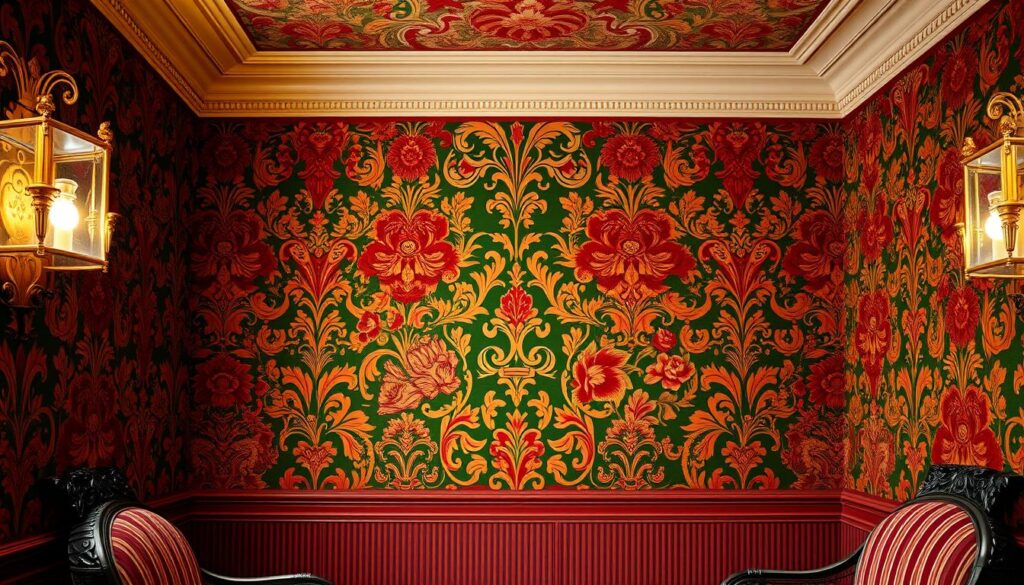
Modern Paint and Wallpaper Alternatives
Today, you can easily add Victorian touches to your home. There are many paint and wallpaper options. These let you achieve the Victorian look with ease.
By using these color schemes and patterns, you can create a Victorian-inspired home. It will be both authentic and uniquely yours.
Balancing Victorian Elements with Modern Living
Mixing Victorian charm with today’s needs is crucial for a home that looks great and works well. When we add Victorian decor to our homes, finding a balance is key. We need to keep the old charm while making sure it’s comfortable for today’s life.
Creating Functional Victorian-Inspired Spaces
To make Victorian-inspired spaces work for today, we must think about today’s needs. Choosing Victorian-style furniture that’s both beautiful and practical is important. For example, a soft, velvet sofa in a deep color can be a beautiful centerpiece for a room.
Adding modern materials and tech can also make our Victorian spaces more useful. Using smart home gadgets with old-style controls, for instance, brings a nostalgic feel while keeping things modern.
| Element | Victorian Style | Modern Adaptation |
|---|---|---|
| Furniture | Ornate carvings, rich upholstery | Comfortable, durable fabrics; ergonomic design |
| Lighting | Candelabras, oil lamps | LED candles, smart lamps |
| Textiles | Heavy drapes, intricate patterns | Modern fabrics, simplified patterns |
Avoiding the "Museum Look"
To steer clear of the “museum look,” we should aim for a space that feels cozy and real. This can be done by mixing Victorian pieces with modern decor and personal items. For example, combining an old armchair with a new coffee table can make a space feel both unique and welcoming.
By carefully balancing Victorian touches with today’s lifestyle, we can create a home that honors the past and shows off our modern tastes.
Conclusion: Creating Your Victorian-Inspired Haven
To create a Victorian-inspired haven, you need to understand the design of that era. By adding the top 5 Victorian decor elements to your home, you’ll make it beautiful and timeless.
We’ve looked at key elements for Victorian elegance, like ornate furniture and luxurious textiles. Now, it’s time to mix these elements to create a welcoming space that shows your style.
When making your Victorian-inspired haven, mix vintage pieces with modern needs. This mix will give you a unique and captivating Victorian home decor. It will feel both authentic and practical.
FAQ
What are the key characteristics of Victorian interior design?
Victorian interior design is known for its bold colors and intricate patterns. It also features ornate details. Luxurious textiles like velvet and damask add to the elegance. Decorative moldings, such as crown moldings, enhance the sophisticated look.
How can I incorporate Victorian decor into a modern home?
Start by adding Victorian-style pieces, like an armchair or ornate mirror. Use Victorian-inspired patterns, like floral motifs, in wallpaper or textiles. Mixing these with modern furniture creates a unique space.
What are some must-have Victorian furniture pieces?
Essential Victorian furniture includes chaise lounges and button-tufted chairs. Look for wooden pieces with intricate carvings. Rich upholstery, like velvet or leather, adds luxury.
How can I create a Victorian-inspired color scheme?
Use the era’s bold colors, like jewel tones and deep hues, for your color scheme. Pairing colors like emerald green with crimson red creates a dramatic look.
Where can I find authentic Victorian accessories?
Find authentic Victorian accessories at antique stores, estate sales, and online. You can also find reproductions or vintage-inspired pieces that capture the Victorian era’s spirit.
How can I balance Victorian elements with modern living?
Balance opulence with functionality by mixing Victorian pieces with modern furniture. This way, you can enjoy the elegance of Victorian design while keeping your space modern and functional.

